You’ve just set up your e-commerce site. The design is trendy, the product descriptions are top-notch, and you’ve set up the perfect payment gateway. You’re officially open for business — boom, mic drop, collar pop!
Now you just sit back and wait for the orders to come in, right?
Sorry, Charlie. Getting that first sale can be a challenge, even with a solid marketing strategy.
Ideally, you’ll want to begin to market your offerings even before your store is launched. However, you can take many of the same steps to promote your shop after it’s up and running. All you need is a little patience and an understanding of which techniques are most effective and affordable.
In this article, we’ll discuss 12 ways you can get that first sale on your e-commerce site. Let’s get started!
Your Store Deserves WooCommerce Hosting
Sell anything, anywhere, anytime on the world's biggest e-commerce platform.

12 Ways to Make Your First E-commerce Sale

1. Reach Out to Your Network
The first people to be aware of your business will likely be family and friends, and you can solicit their help in getting that first sale. If your product genuinely solves a pain point for anyone in your personal network, sell them on the benefits of buying from you.
This is not much different from promoting to strangers online. To get started, ask your immediate family and friends to try out your products. You could even provide free samples. You can also reach out to your personal network on social platforms like Facebook, where you’ll likely be connected to old classmates and colleagues.
The key here is to know your products inside and out, be aware of what problems they solve, and sell people on their benefits. Make sure to follow up with anyone interested and take the time to thoroughly answer their questions.
Related: 12 Marketing Strategies to Promote Your Local Business
2. Start a Blog
A blog offers a way to increase brand awareness and bring new traffic to your website. It’s also a platform where you can better expose your products to your audience. The more visitors you can bring to your site, the higher the probability you will make a sale.
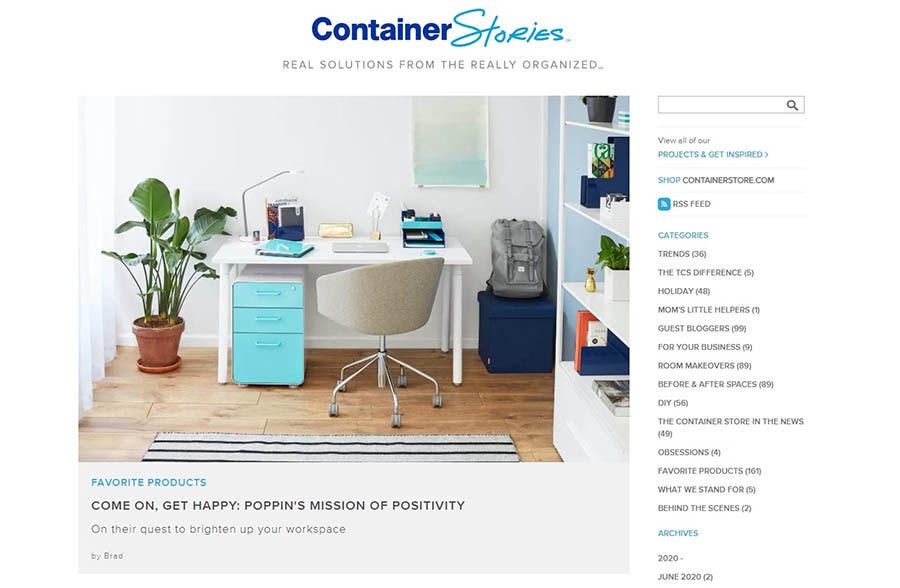
Some examples of content you can create on your blog include:
- Articles that demonstrate how to achieve a goal using your products
- Roundup posts that showcase your best solutions for solving a specific problem
- FAQs that answer questions people who might be interested in your products will have
To improve your success rate, you’ll also want to do some keyword research. Organically working in some relevant keywords can help your posts rank higher in search engines.
Related: How to Create a Content Marketing Strategy
3. Build a List of Email Subscribers
Email marketing is a proven tactic for customer acquisition and retention. This means it can be a core part of your e-commerce marketing strategy.
Signups for newsletters generally indicate interest in your brand. Therefore, an email list can generate one-off sales and drive repeat purchases from customers whose interest you’ll keep active by sending them regular (and relevant) content.
Tools like Jackmail (which enables you to send automated emails) and Mailchimp (which provides email templates and tools for tracking metrics) can help you create and manage your own newsletters easily.
Get Professional Email @yourdomain
Promote your website with every message you send when you set up professional email with DreamHost. Plans start at $1.67/mo.

4. Solicit Help From Social Influencers
As a new brand, it’s vital to keep costs low. One cost-effective strategy for getting your first sale is working with influencers – or to be more specific, micro-influencers.
Micro-influencers give you access to small, targeted audiences who already have a connection with the influencer and trust them. These influencers actively cultivate engaged and loyal followers and can get your product in front of that audience with their seal of approval.
This is a worthwhile investment because the costs involved are typically low. That also means you can work with multiple influencers to reach increasingly larger audiences as your budget increases.
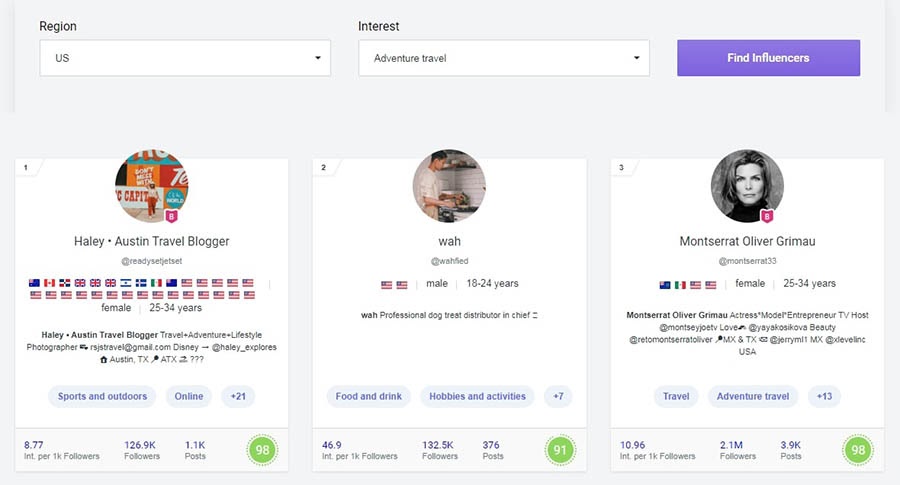
The first step to getting started with this type of marketing is to search for influencers within your niche. You can explore relevant accounts on social media to locate candidates, or use a dedicated influencer database like Socialbakers.
Related: How to Build an Awesome Online Store with the OceanWP Theme
5. Host Giveaways
Everyone loves free things. When you’re just starting out, you can use this simple fact to your advantage to create awareness of your business and products.
Hosting contests and giveaways can bring much-needed attention and help you build trust with potential customers. You don’t have to start big, nor do you need to give out your most expensive products. However, you do need to be willing to offer a few starter products for free.
Giveaways can help you generate interest in your brand, as you’re drawing the attention of both participants and winners to your paid offerings. Participants may also share your products or information about the giveaway itself with their friends and networks.
Services like ViralSweep and Gleam help you run contests and giveaways online while keeping things simple and professional. There are also dedicated WordPress plugins you can try out, such as RafflePress.
6. Give Discounts
Unlike giveaways, discounts do not require you to give away your products entirely for free. Plus, discounts may make it easier to persuade a potential customer to buy from you.
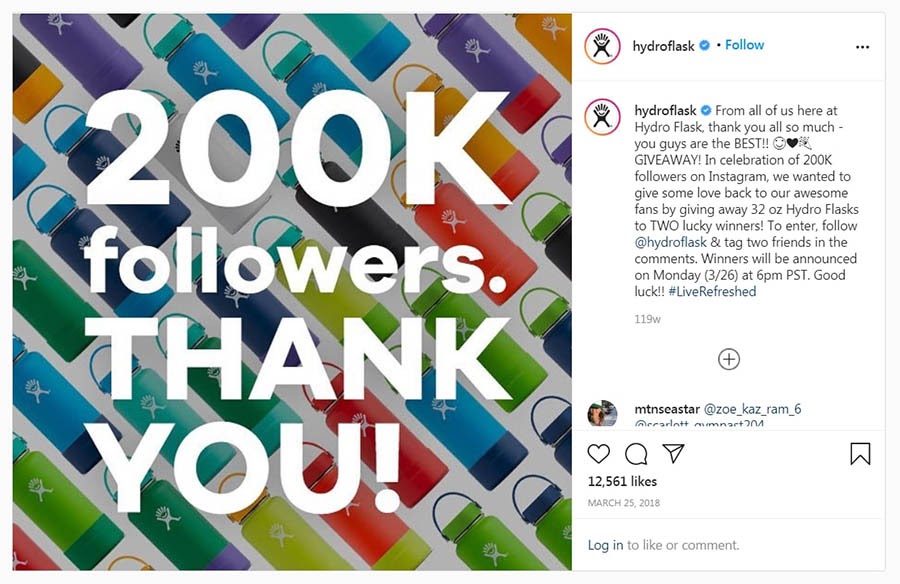
It can be difficult for new buyers to justify purchasing from your store at full price, especially when you have no established reputation or past customer reviews. Offering some of your best or most affordable products at a reasonable discount can be a strong incentive, reducing the risks and enticing visitors to give you a chance.
Just remember that when setting up discounts, you’ll need to take production and shipping costs into account and make sure you don’t overextend your budget. It’s also a good idea to create sales with time limits, which play to visitors’ Fear Of Missing Out (FOMO).
Related: Word of Mouth: Why Customer Testimonials Work
7. Simplify Your Site’s Design
By simplifying your website’s design, you can make it easier for potential buyers to use your site without any hassle. This is key for turning interested visitors into e-commerce conversions (in other words, your first sales!).
One way to simplify your site’s design is by reducing the number of products displayed on its pages. You want to ensure that your site’s interface is not cluttered, and that a visitor doesn’t have to jump through many hoops to find what they want. This is one reason to have a prominent search bar and clear menu options for easy navigation.
You’ll also want to use a lot of blank space to help focus visitors’ attention on your Calls to Action (CTAs). That can mean removing distracting and unnecessary elements and avoiding the temptation to include too much information on each product page.
Finally, keep in mind that mobile phones far surpass desktops and laptops for making online purchases. Therefore, you’ll want to ensure that your store is fully responsive.
Related: WooCommerce Website vs. a Shopify Store: An In-Depth Guide
8. Build Your Brand on Social Media
Building a brand makes it easier for existing customers to stay connected. It also helps potential customers find and learn about your business and the people behind it. To this end, you’ll want to create accounts on major social media platforms such as Facebook, Twitter, Instagram, and even TikTok.
By using social media, you can tap into audiences that are already using those platforms. You can grab their attention and create positive feelings towards your brand while creating and sharing relevant (and engaging) content.
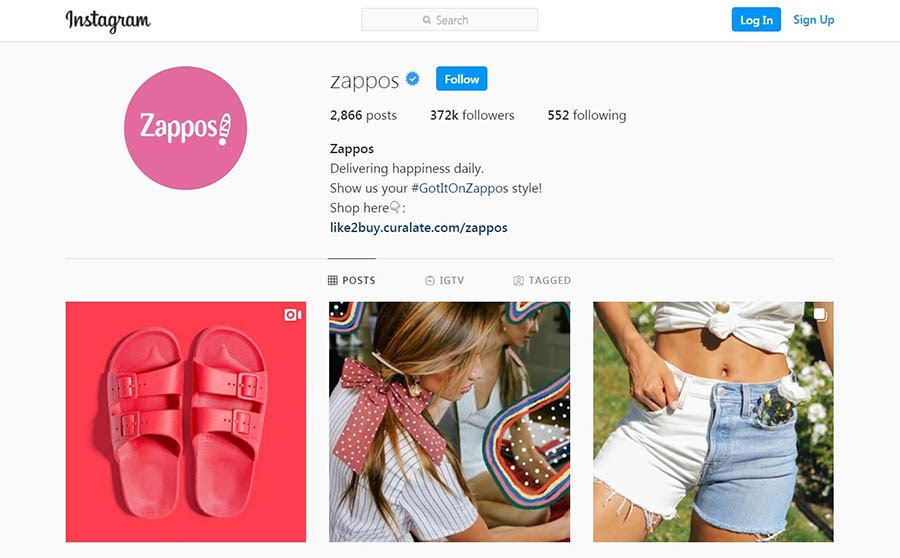
Attracting an audience through social media is a topic worth several posts of its own. In short, you’ll want to begin by doing some audience research, and deciding what platforms to focus on. Then you can start sharing content and promoting your products, linking followers back to your e-commerce site.
Also, don’t forget that many social media platforms have groups formed around specific interests and topics. Joining these groups can help you connect with relevant potential customers and generate interest in your band. A great place to start is by signing up for and posting on Facebook Groups that are centered on your niche or industry.
You’re Cordially Invited
Join DreamHost’s Facebook group to connect with like-minded website owners and get advice from peers and experts alike!

9. Market to B2B Clients
An alternative way to generate your first sales is by selling to other businesses, rather than (or along with) directly to individual customers. Ultimately, your goal is to get your products into buyers’ hands, whomever they might be.
This can be done by selling to wholesale retailers, either on a local, national, or even international level. Selling to businesses might not result in high profit margins, but it is a way to get your products in front of the right consumer audience. Once you have enough brand awareness, you can start to target customers directly.
Related: How Your Online Business Can Nail Customer Service
10. Refine Your Product Descriptions
You’ll only make a sale if your site’s visitors understand your products and what benefits they offer. This means creating clear and detailed product descriptions. It’s important to include all the relevant details and specifications, as well as high-quality images and other media.
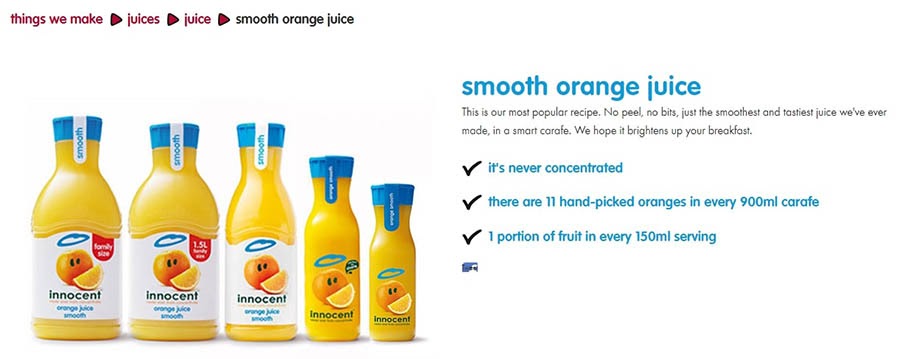
Some users might research products beforehand and only visit your store to make a purchase. However, others will begin their buyer’s journey on your site and will be entirely dependent on the information you provide.
You want to ensure that those users can learn everything they need to know about your products without having to leave your site to find more information. To make that happen, you’ll want to find out what questions your target audience is asking, and include those details for your products.
11. Streamline Your Checkout Process
You may have generated interest in your products, but people aren’t buying because they’re frustrated by your checkout process. For that reason, you’ll want to do everything you can to reduce cart abandonment.
If users have to create an account or are forced to answer too many questions during checkout, they may decide it isn’t worth continuing. Each additional step is a chance for your customers to change their minds about following through on their purchases.
One practical step to take when streamlining your checkout process is asking only for essential information, such as billing and shipping details. You may also want to include a progress indicator to let customers know how close they are to being done.
Related: How to Choose the Right Payment Gateway for Your E-Commerce Website
12. Attend a Trade Show
Of course, there are also ways to market your brand offline, such as by attending trade shows. You can likely find both regional and national events that are relevant to your niche and audience. There are plenty of sites that compile trade shows by industry and enable you to search for them, such as 10times, EventsEye, and TradeFairDates.
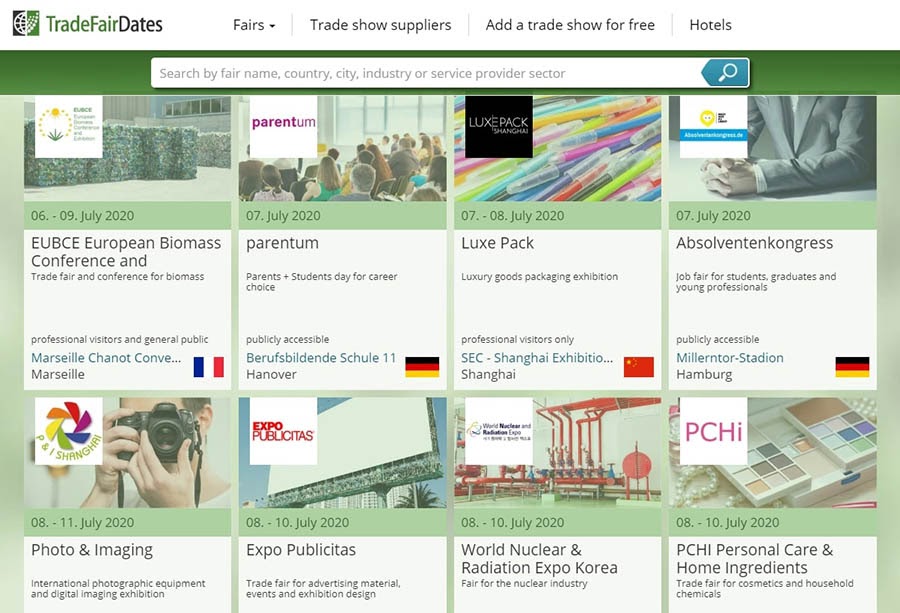
At these events, you’ll get to meet both individual customers and wholesale vendors. You can drum up interest by offering free samples, exclusive coupons, or promo codes to any visitors who come by your booth. While it takes a little more work than some of the other options on this list, trade shows are an excellent way to get some exposure and start building relationships.
E-Commerce Insights in Your Inbox
Whether you need help choosing a domain name, boosting your conversion rate, or creating a Facebook ad, we can help! Subscribe to our monthly digest so you never miss an article.

Get Those Online Sales
Launching your online store is only the first step in starting an e-commerce business. Getting your first sale can be a real challenge. However, by taking a few well-proven steps, you can start your e-commerce store off on the right foot.
One of the best strategies for getting those initial sales is to put a lot of high-quality content out there, via your blog and social media profiles. You can also host giveaways and offer discounts to drum up interest or look into less obvious options such as marketing to B2B clients and attending trade shows.
If you’re looking to build or grow an online store, our WooCommerce hosting packages make it easy to sell anything on the world’s biggest e-commerce platform. Don’t hesitate to check them out!
The post 12 Ways to Get the First Sale on Your New E-Commerce Site appeared first on Website Guides, Tips and Knowledge.
source https://www.dreamhost.com/blog/ways-to-get-first-sale-new-ecommerce-site/

No comments:
Post a Comment